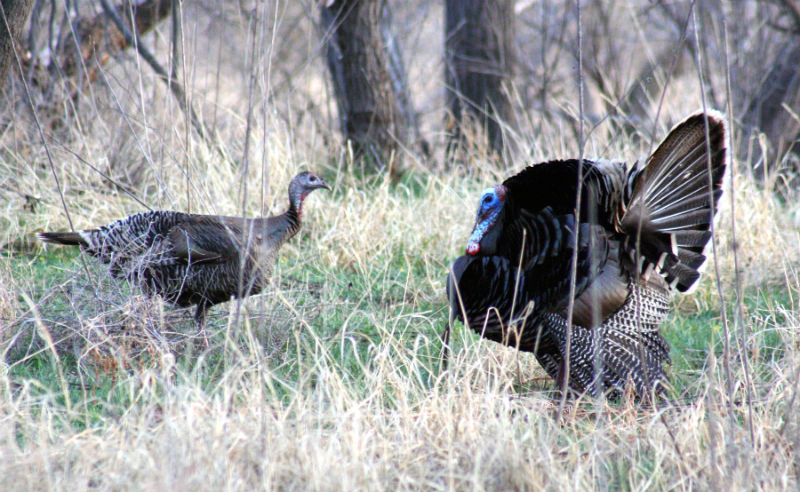Ahead of this weekend’s youth-only dates for spring Rio Grande turkey hunting in South Texas, the Texas Parks & Wildlife Department is offering its annual forecast.
Long story short, biologists and turkey hunting experts from the state agency urge that “conditions are shaping up for a productive nesting season, which could also make for challenging hunting.”
Texas’ turkey program leader predicts that “toms will be ‘henned up’ first thing in the morning, and hunters will have better luck later in the day. Don’t be surprised when the gobblers hang up. They are going to be spoiled to hens coming to them like nature intended. The best hunting will be during the middle to latter part of the season.”
It also is recommended that “hunters rely on their decoys to do most of the work and minimize calling as late-season gobblers will be wary of calls, especially in areas that receive moderate to high hunting pressure. There are not many jakes out there this year due to low recruitment associated with dry conditions these past two years so the odds are in your favor that what comes in should be a mature bird.”
Turkey hunting in Texas brings need to know tips, tactics, regulations
It should be noted that new this spring season, turkey hunters have the option of using “pre-charged pneumatics” (air guns to the layman out there) as legal means for harvesting Rio Grande turkeys in Texas. According to TPWD, the approved minimum ballistic specifications of pre-charged pneumatics for hunting Rio Grande turkeys are “.30 caliber bullets weighing at least 150 grains powered by an unignited compressed gas propellant charge capable of attaining a muzzle velocity of at least 800 feet per second (fps) or any bullet weight and muzzle velocity combination that produces at least 215 foot pounds of energy.”
More information on required air gun ballistic specifications can be found online.
Turkey hunting in Texas centers on biology, seasons in a season



















